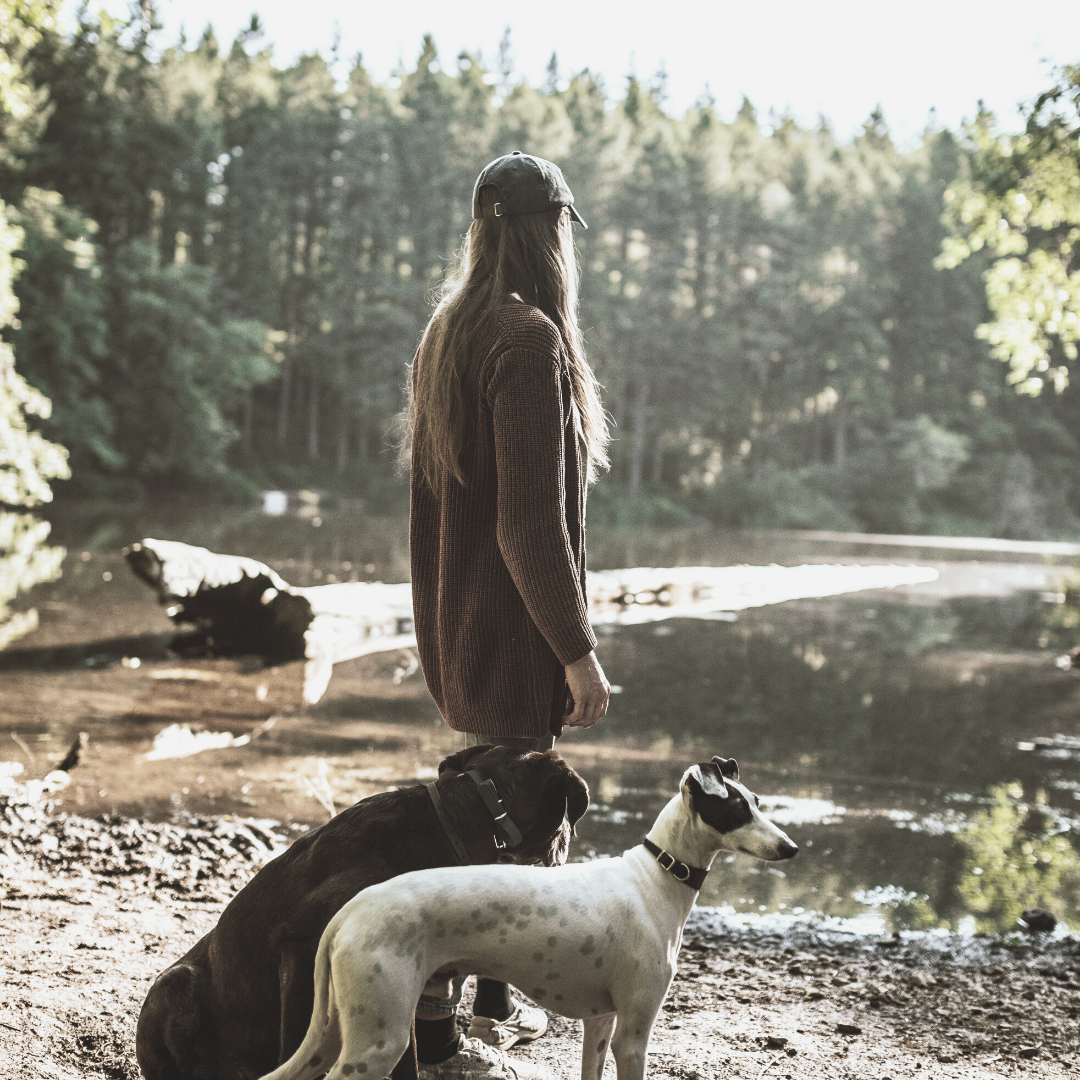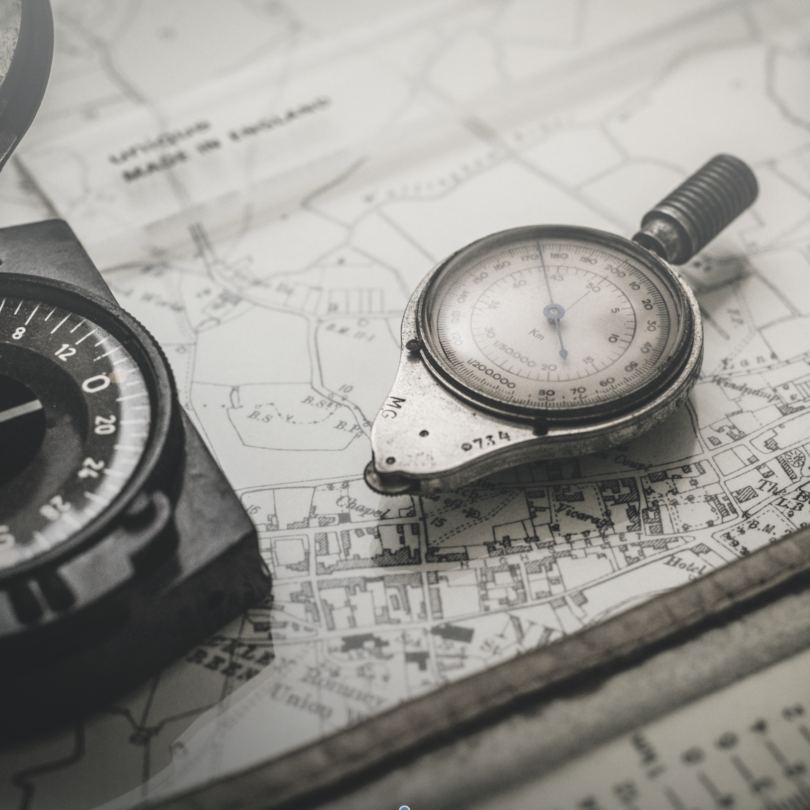Secure attachment is one of four relationship styles outlined by John Bowlby and Mary Ainsworth in the 1950s and 1960s. It is the natural way people relate to each other in safe and secure social conditions. The remaining three relationship styles: anxious, avoidant, and fearful-avoidant attachment, are all insecure. That is, they are self-protective relationship styles that emerge in uncertain and challenging situations.
In safe and secure families with attentive and responsive parents, children learn their unique, personal experience is welcomed and valued. Children learn to pay attention to their internal thoughts and emotions, express themselves to be heard and understood, and expect a sensitive, caring response. They feel safe sharing their own needs and perspectives and learn to respect others in return.
How Do Securely Attached People Behave?
- If something distresses me, I reach out to my partner.
- When my partner is disturbed, I’m the one person they most need to be there.
- What’s most important is my relationship with my partner.
- My partner and I are good at listening, understanding, and supporting each other.
- I get angry at anything and anyone that threatens our relationship.
- I can count on my partner to be there for me when I most need them.
- It’s not my success or my partner’s success, but our success.
- As long as my partner and I are close and connected, we can face anything.
Benefits of Secure Attachment
Keeping Your Relationship Strong
- Start the day with a simple kiss or hug.
- Make time every day, even if it’s only a few minutes, to debrief and support each other with the highlights and the lowlights.
- Make a big deal of your anniversary.
- Work together on planning your celebrations, or take turns surprising each other.



